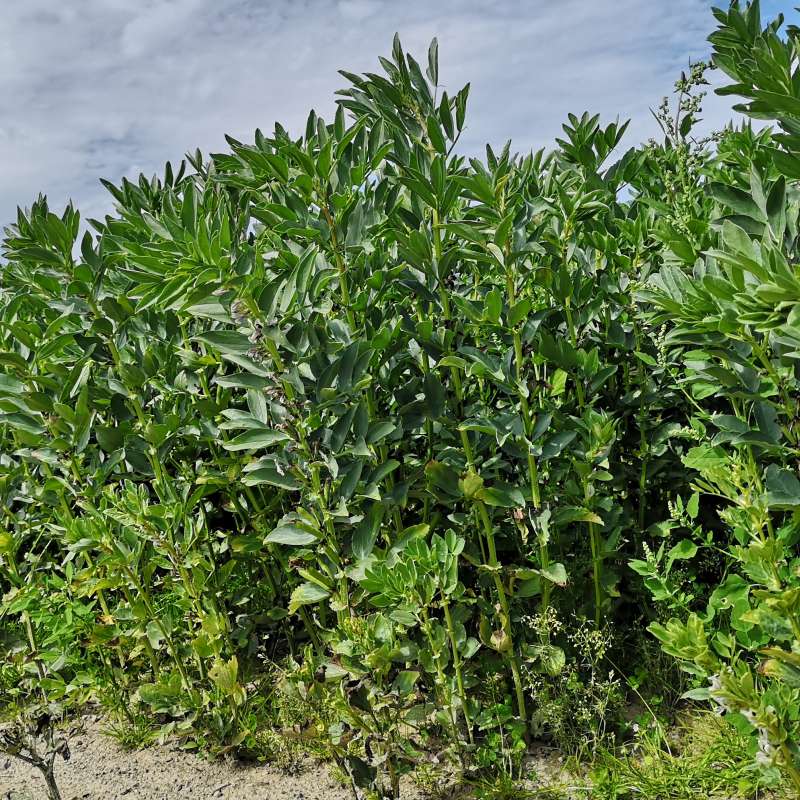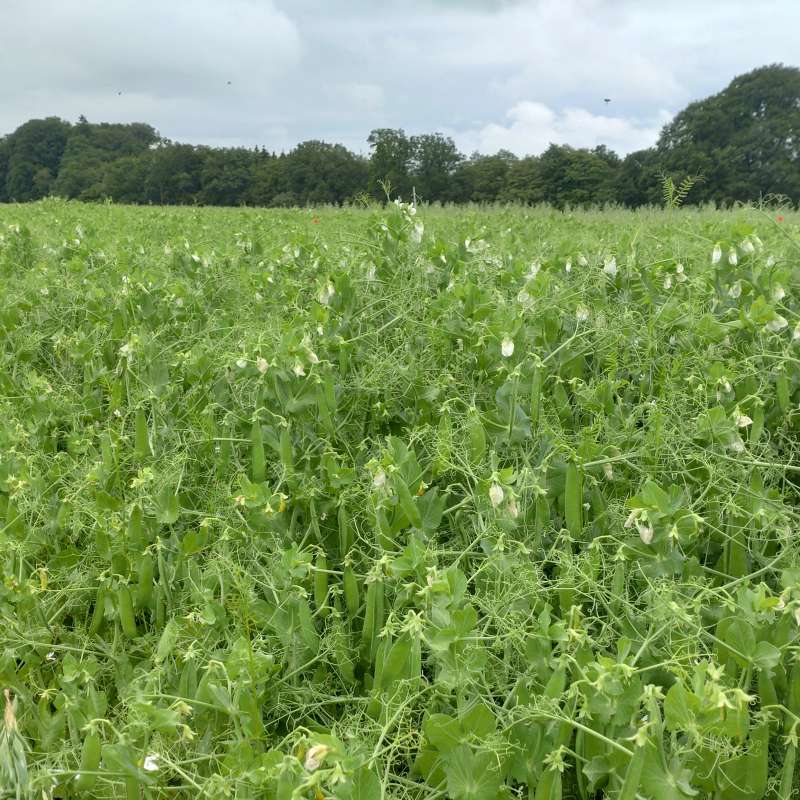Heidi Udnes Aamot
Research Scientist
Biography
I am a plant pathologist, with focus on Fusarium and mycotoxins in cereals (diagnostics, biology, disease control). I am also involved in research within seed pathology and seed borne diseases.
Education: Master’s degree in Plant Sciences at the Norwegian University of Life Sciences (2007). PhD in Plant Pathology at NIBIO and the Norwegian University of Life Sciences (2013).
Authors
Heidi Udnes Aamot Magne Nordang Skårn Chloé Grieu Anne-Grete Roer Hjelkrem Katherine Ann Gredvig Nielsen Silje Kvist Simonsen Nora Steinkopf Anne Kjersti Uhlen Guro BrodalAbstract
Chocolate spot (CS) is one of the most destructive diseases affecting faba beans worldwide, leading to yield reductions of up to 90% in susceptible cultivars under conducive environmental conditions. Traditionally, the disease has been attributed to the fungal pathogens Botrytis fabae and Botrytis cinerea, however recent studies have identified three additional Botrytis species capable of causing the disease. Fungicide applications during flowering are commonly used to control the disease and limit damage to pod set, but this approach is not always effective. The reasons for this lack of control are not fully understood. To increase our understanding of the CS species complex in Norway, we used species-specific PCR to identify different Botrytis species in symptomatic leaves collected at various locations and years. Some Botrytis species are known to be high-risk pathogens for fungicide resistance development, but resistance in Norwegian Botrytis populations in faba bean have not previously been studied. Therefore, we obtained Botrytis isolates from diseased leaves and used a mycelial growth assay to assess their response to the active ingredients (boscalid and pyraclostrobin) in the fungicide commonly used for CS control in Norway. Resistance to both boscalid and pyraclostrobin was detected among B. cinerea isolates, while only resistance to boscalid was detected among B. fabae isolates. To elucidate resistance mechanisms, we analyzed target gene sequences for the presence of mutations known to confer resistance to the two active ingredients. Field experiments were conducted to test the efficacy of various spray timings and fungicides in early and late faba bean varieties. Additionally, we are developing a disease risk model for CS to better understand the conditions that lead to disease and to improve the timing of fungicide applications.
Authors
Heidi Udnes AamotAbstract
No abstract has been registered
Abstract
Chocolate spot (CS), caused by Botrytis fabae, is one of the most destructive fungaldiseases affecting faba bean (Vicia faba L.) globally. This study evaluated 33 fababean cultivars across two locations and over 2 years to assess genetic resistance andthe effect of fungicide application on CS progression. The utility of unmanned aerialvehicle–mounted multispectral camera for disease monitoring was examined. Signif-icant variability was observed in cultivar susceptibility, with Bolivia exhibiting thehighest level of resistance and Louhi, Sampo, Vire, Merlin, Mistral, and GL Sunriseproving highly susceptible. Fungicide application significantly reduced CS severityand improved yield. Analysis of canopy spectral signatures revealed the near-infraredand red edge bands, along with enhanced vegetation index (EVI) and soil adjustedvegetation index, as most sensitive to CS infection, and they had a strong negativecorrelation with CS severity ranging from −0.51 to −0.71. In addition, EVI enabledearly disease detection in the field. Support vector machine accurately classified CSseverity into four classes (resistant, moderately resistant, moderately susceptible, andsusceptible) based on spectral data with higher accuracy after the onset of diseasecompared to later in the season (accuracy 0.75–0.90). This research underscores thevalue of integrating resistant germplasm, sound agronomic practices, and spectralmonitoring for effectively identification and managing CS disease in faba bean

Division of Biotechnology and Plant Health
FABANOVA- Climate ready faba beans for the Nordic and Baltic region
The project will lead to improved faba bean lines and knowledge that can lead to higher and more stable protein yields in our challenging environment. NIBIO will develop forecasting tools for chocolate spot epidemics, enabling farmers to protect their crops.

Division of Biotechnology and Plant Health
LeFaSus - Uncovering Legume Soil Fatigue for Sustainable Expansion of European Grain Legume Cultivation
LeFaSus seeks to identify the most important causes and indicators of legume fatigue in several European countries.
